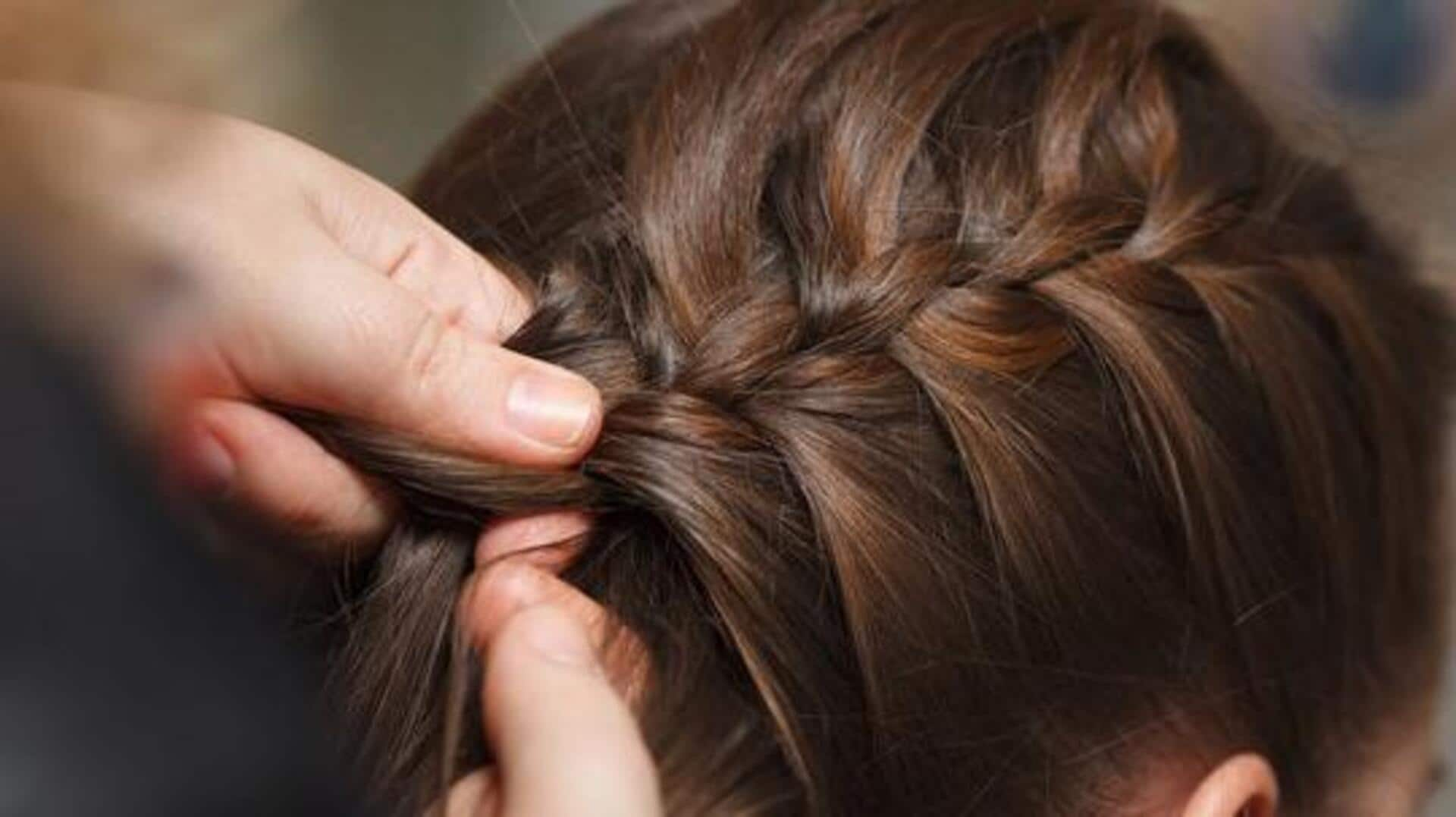
How to perfect timeless braid techniques
What's the story
Braiding is a classic hairstyling technique that's been loved across cultures for centuries. Its versatility and elegance make it a favorite among people of all ages. Be it adding sophistication to your everyday look or an elaborate style for a special occasion, mastering braid techniques can enhance your hairstyling game. Here are some braid styles that have stood the test of time, and how you can perfect those ageless techniques.
Basic technique
Mastering the classic three-strand braid
The three-strand braid forms the base of most intricate braiding styles. It includes sectioning the hair into three equal parts and crossing them over one another alternately. This simple but effective technique creates a neat and uniform pattern that you can wear as such or use in more intricate styles. Practicing this basic braid is useful for developing finger dexterity, tension control, etc.
Elegant style
Exploring the French braid
The French braid gives the classic three-strand trick an elegant twist by adding more hair as you weave downward. Starting from the crown, take small sections from both sides and add them before crossing over to create a seamless look that hugs the scalp. This style is perfect to keep your hair tidy and sophisticated, making it ideal for casual outings and formal events.
Reverse technique
The intricacies of Dutch braids
If you want a unique variation, go for Dutch braids. They are basically reverse of traditional braiding. The result is a stunning inside-out look where the braid sits atop the head instead of blending into it. For this, strands are crossed under instead of over, while adding new sections from either side. Dutch braid gives depth and texture, making it perfect for a bold statement hairstyle.
Detailed weave
Fishtail braids: A modern twist
Fishtail braids make for a modern twist with their intricate fish scale-like design. This style uses two sections, with small pieces from the outer edges alternately crossed over to the opposite side. Although it's more time-consuming than three-strand or French/Dutch braids, the complicated, scale-like pattern pays off with patience and practice.